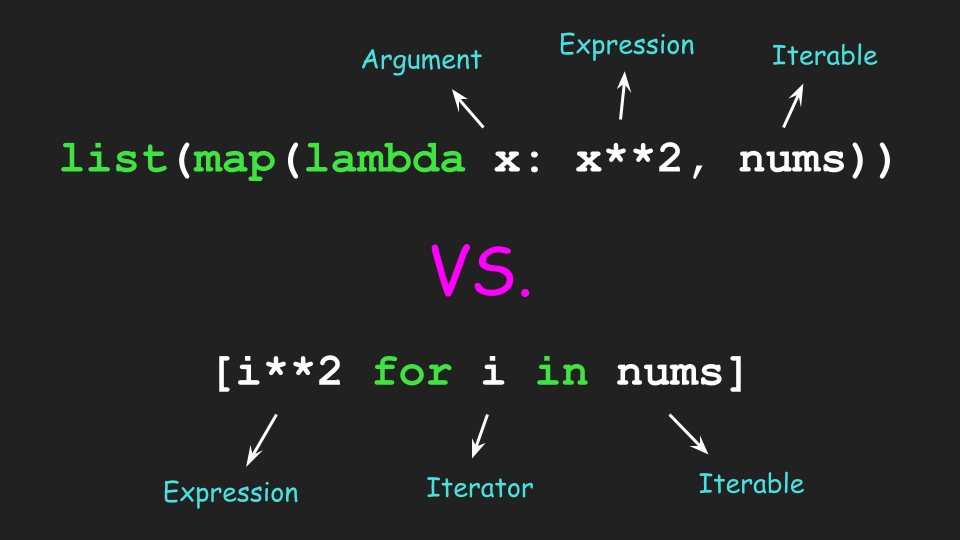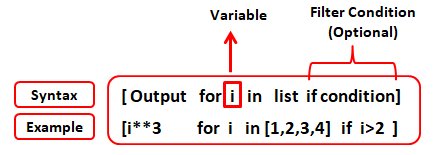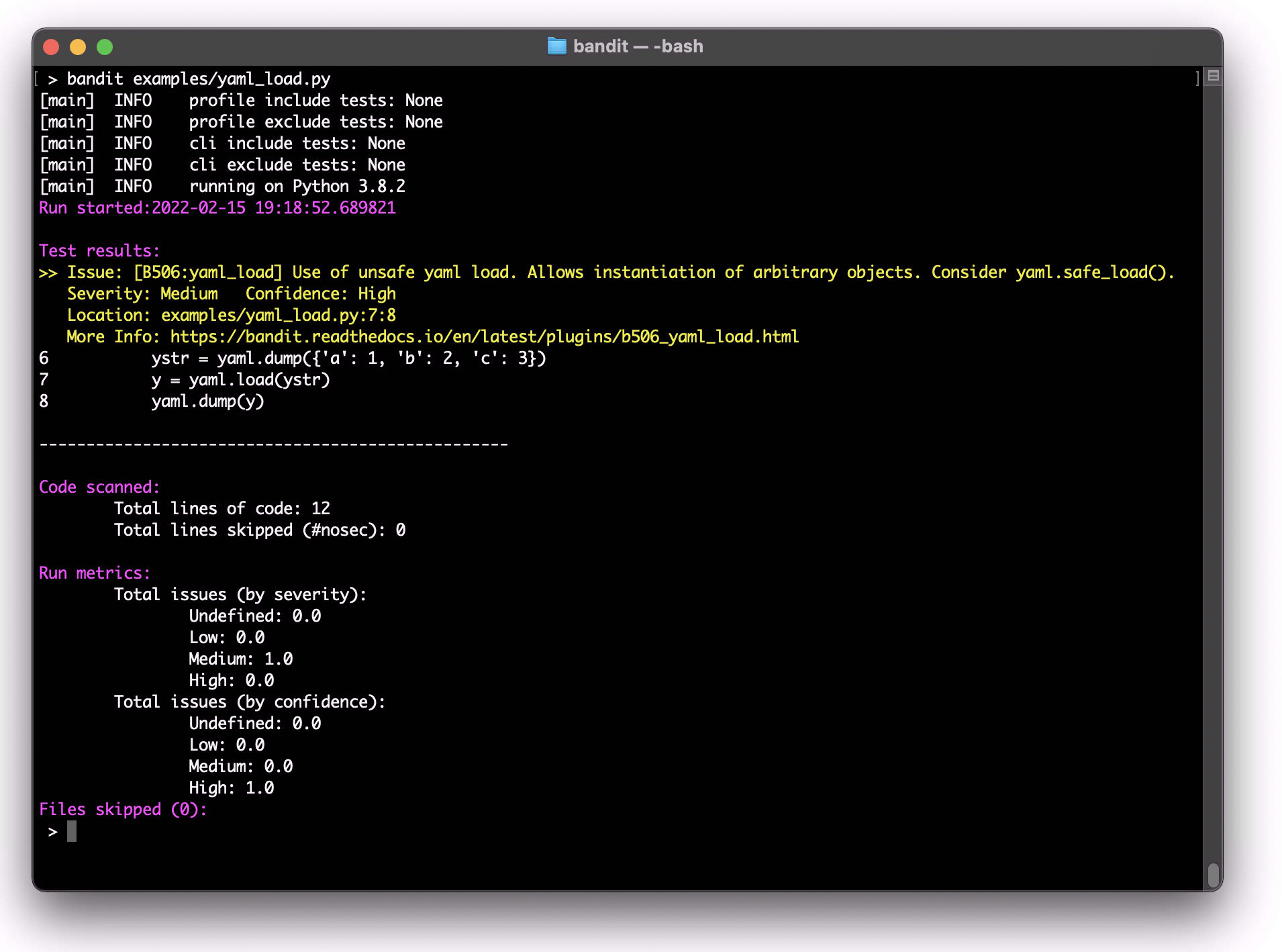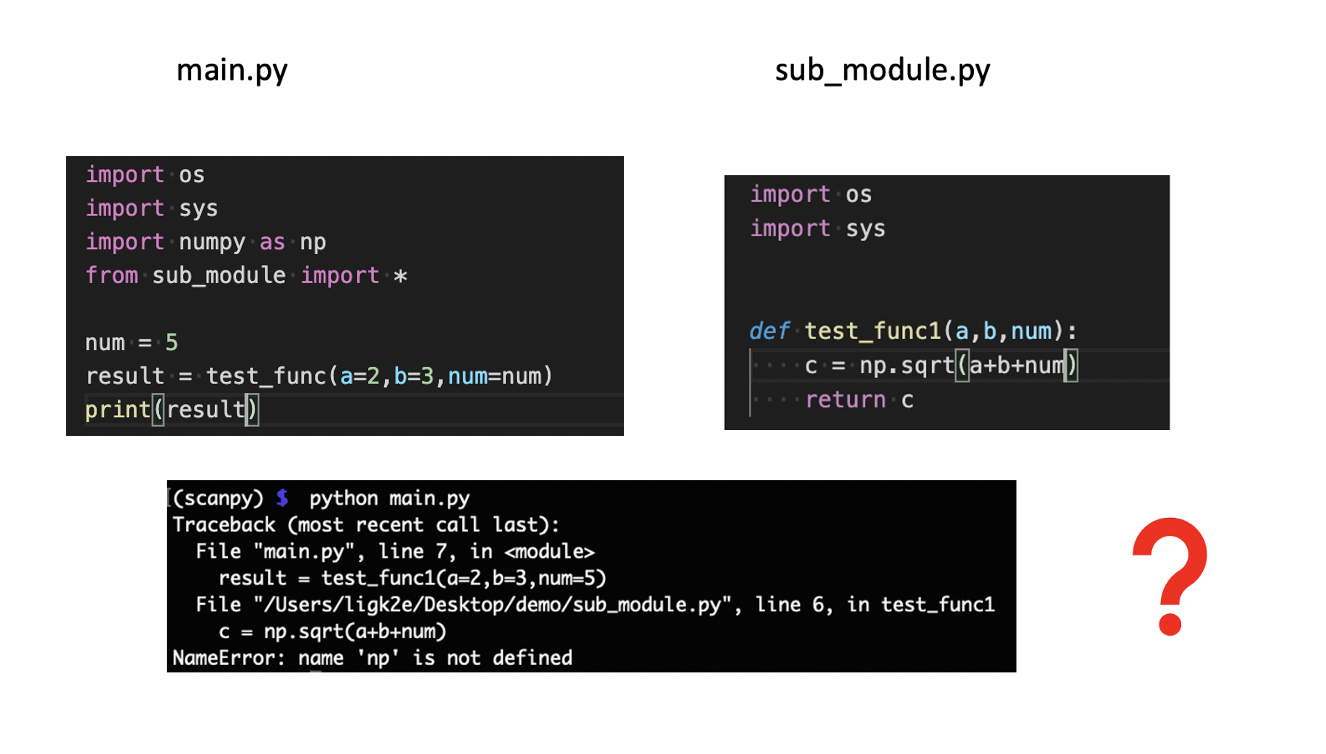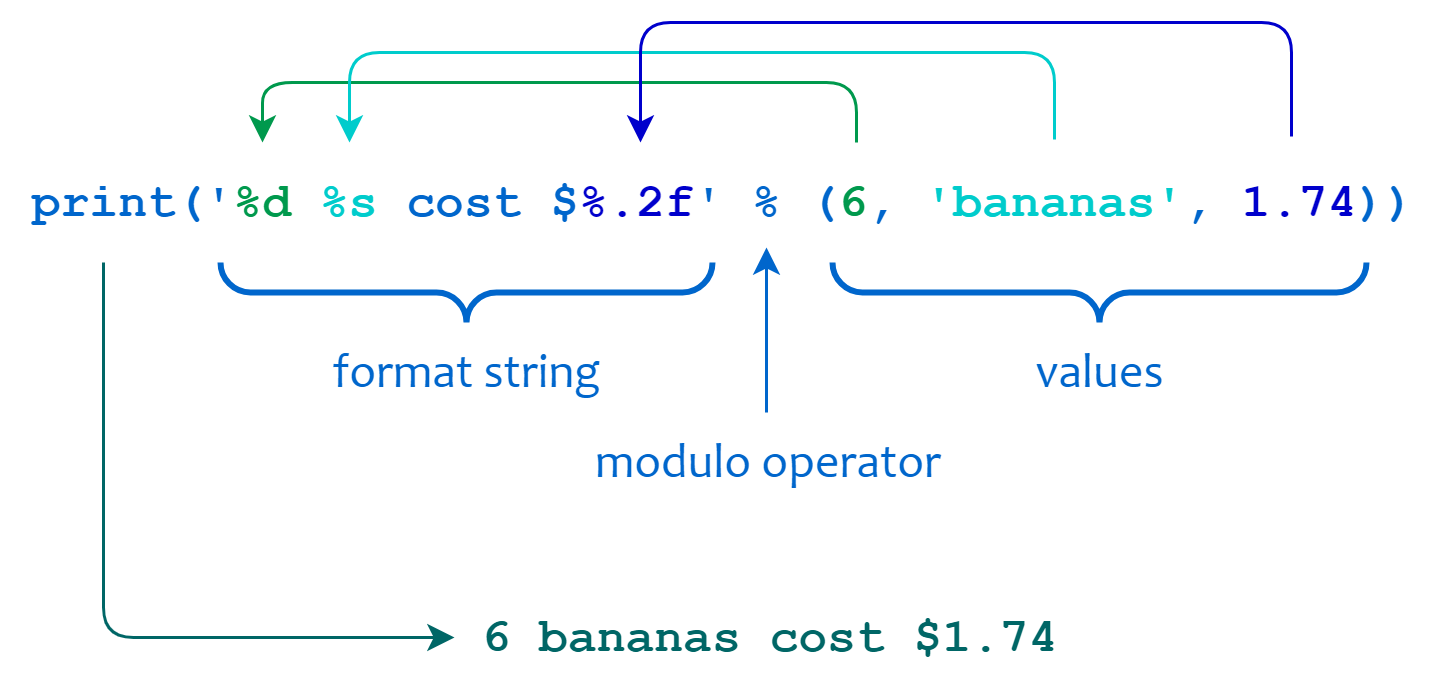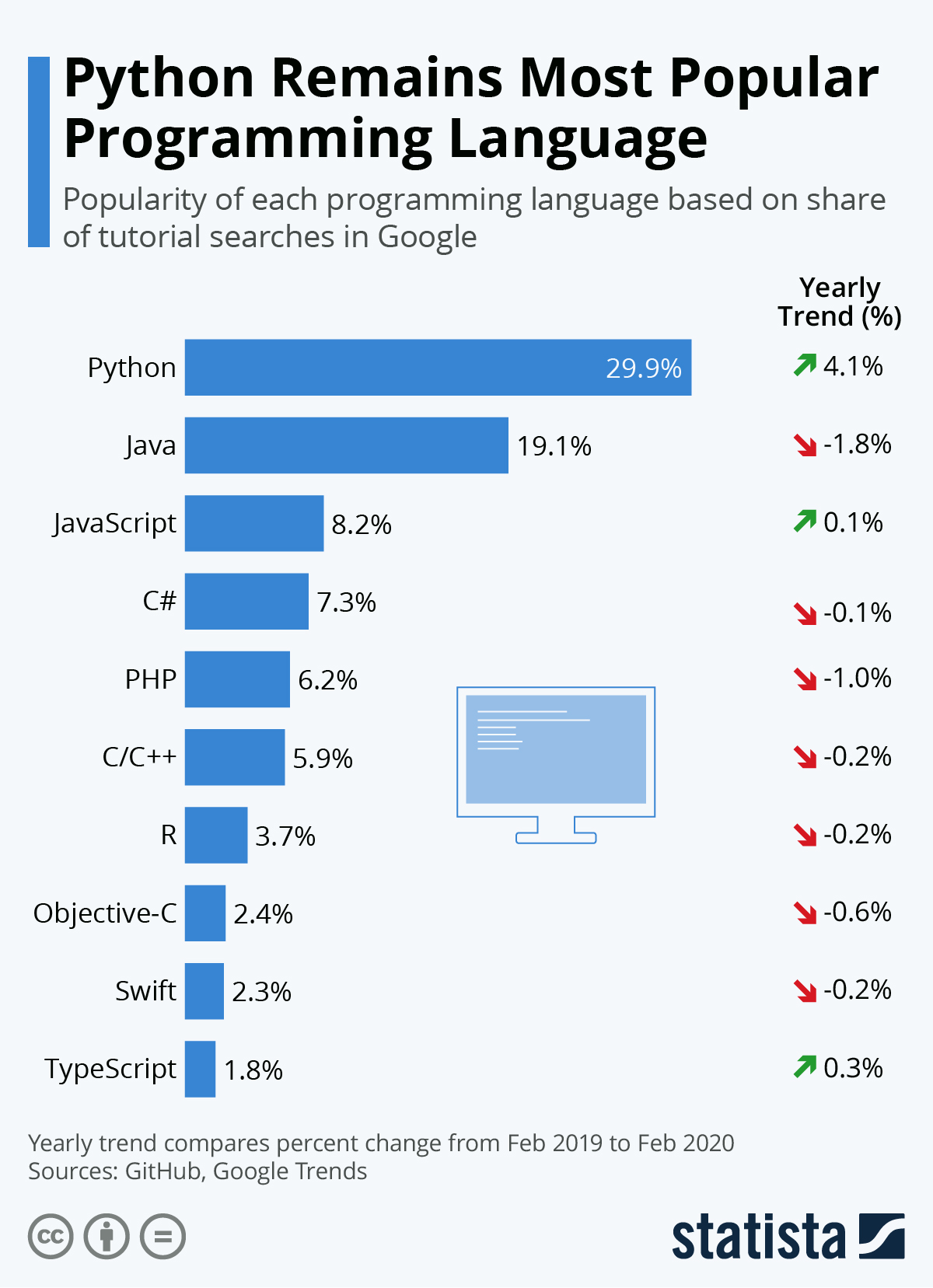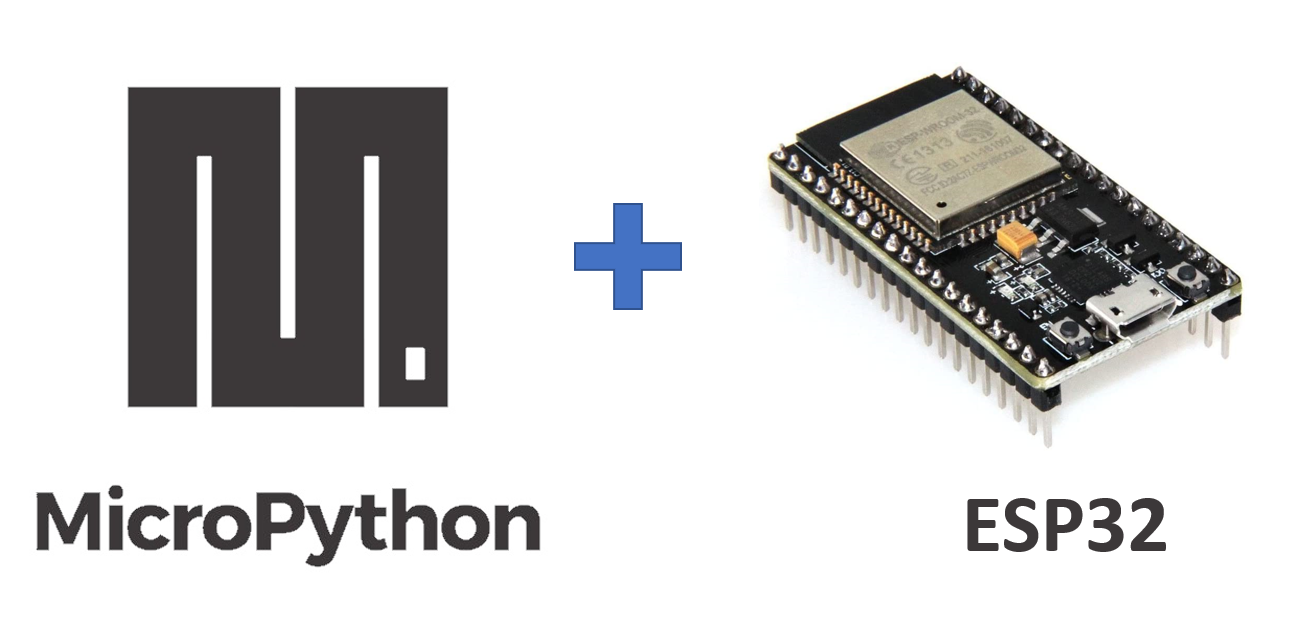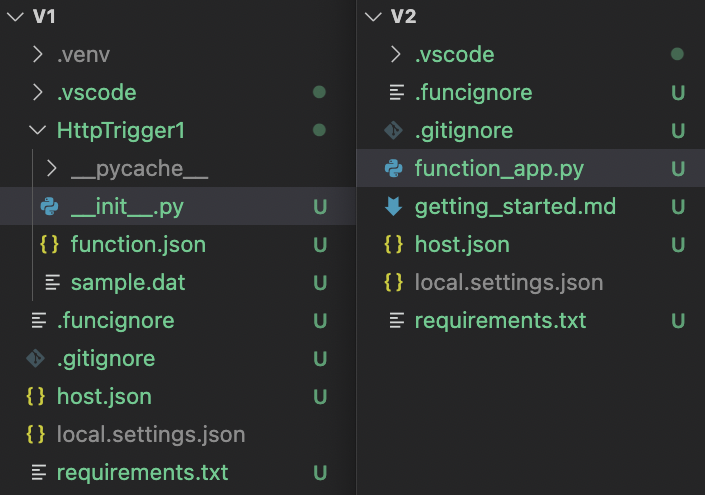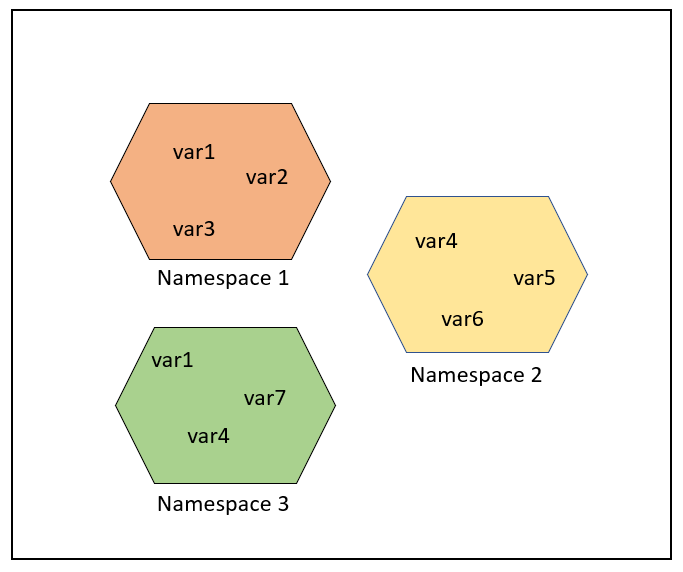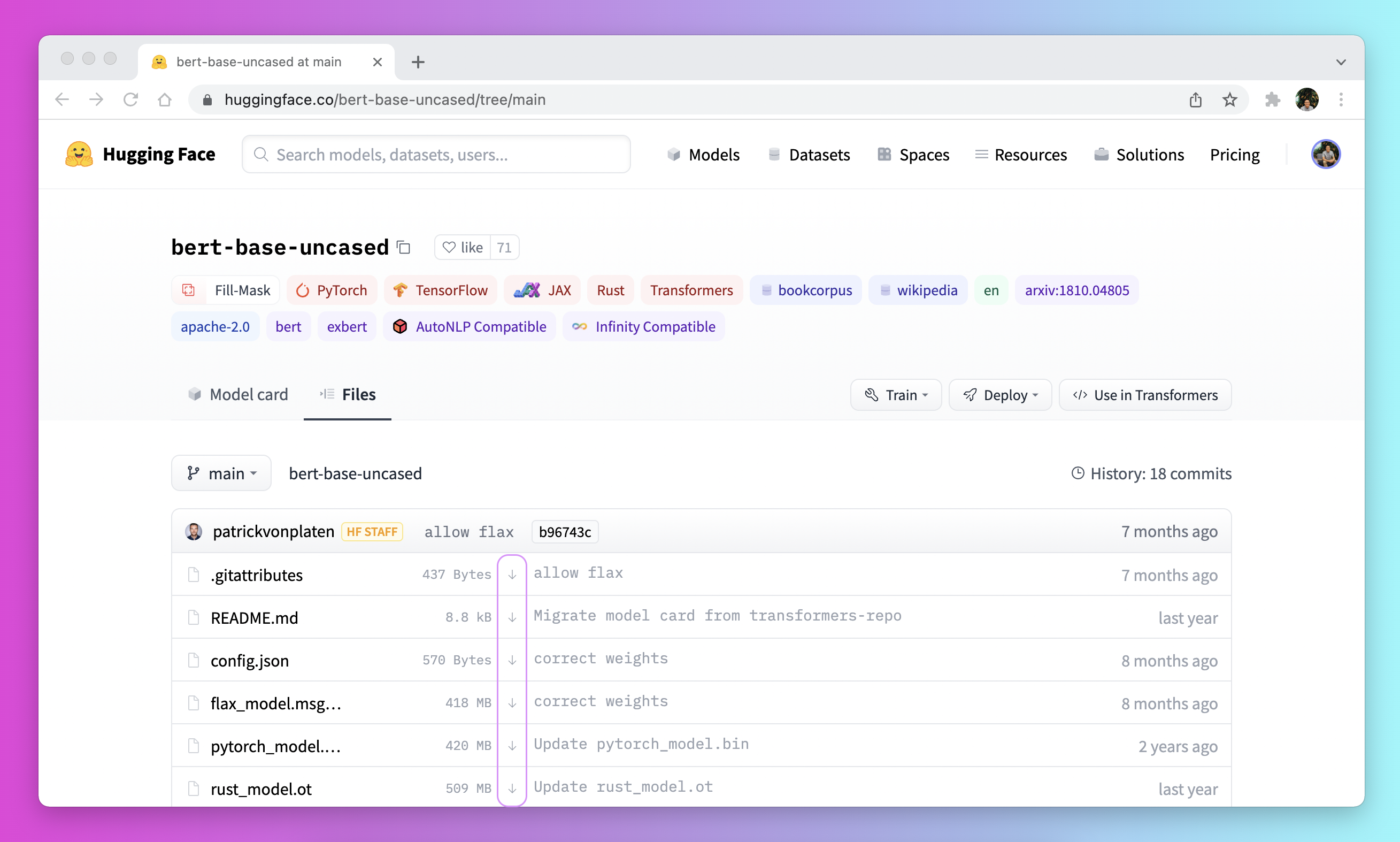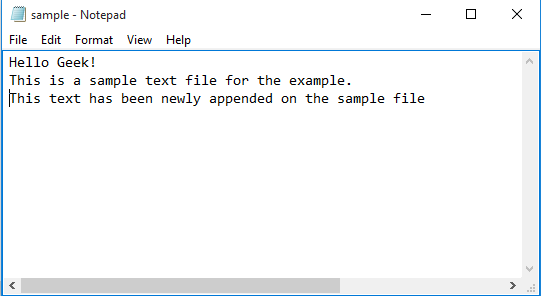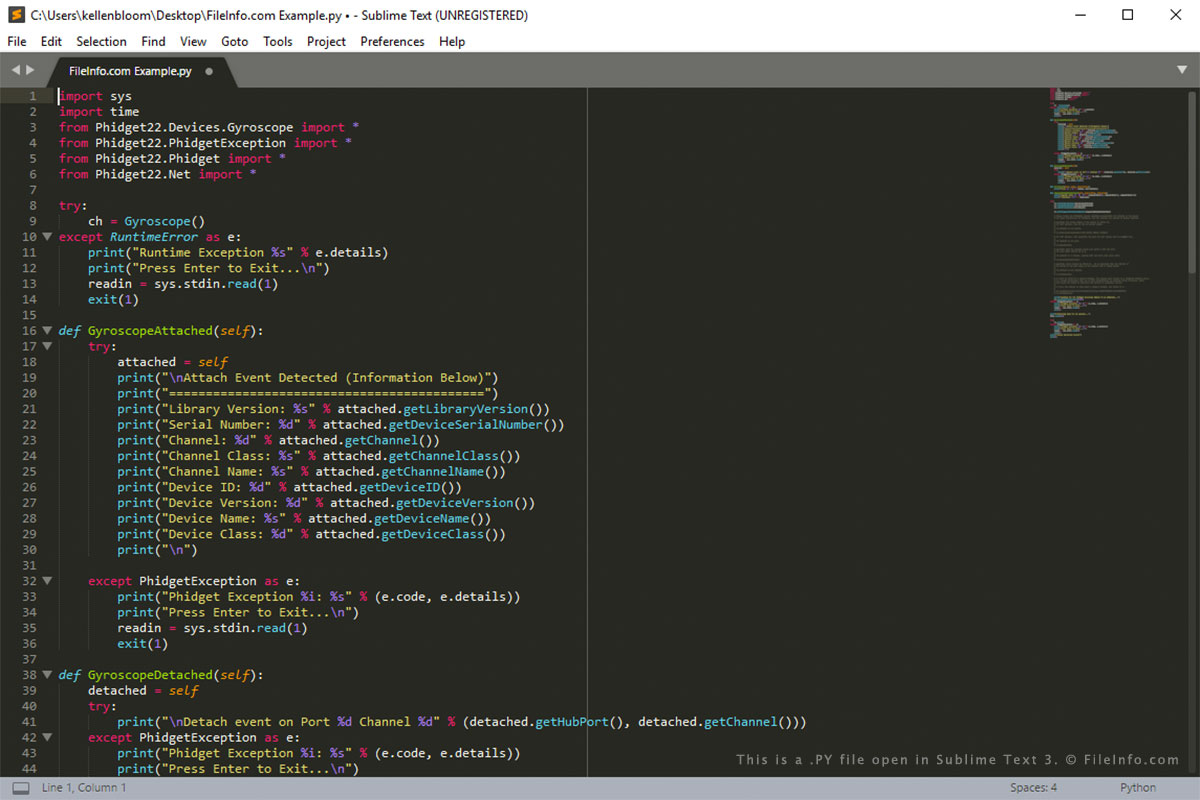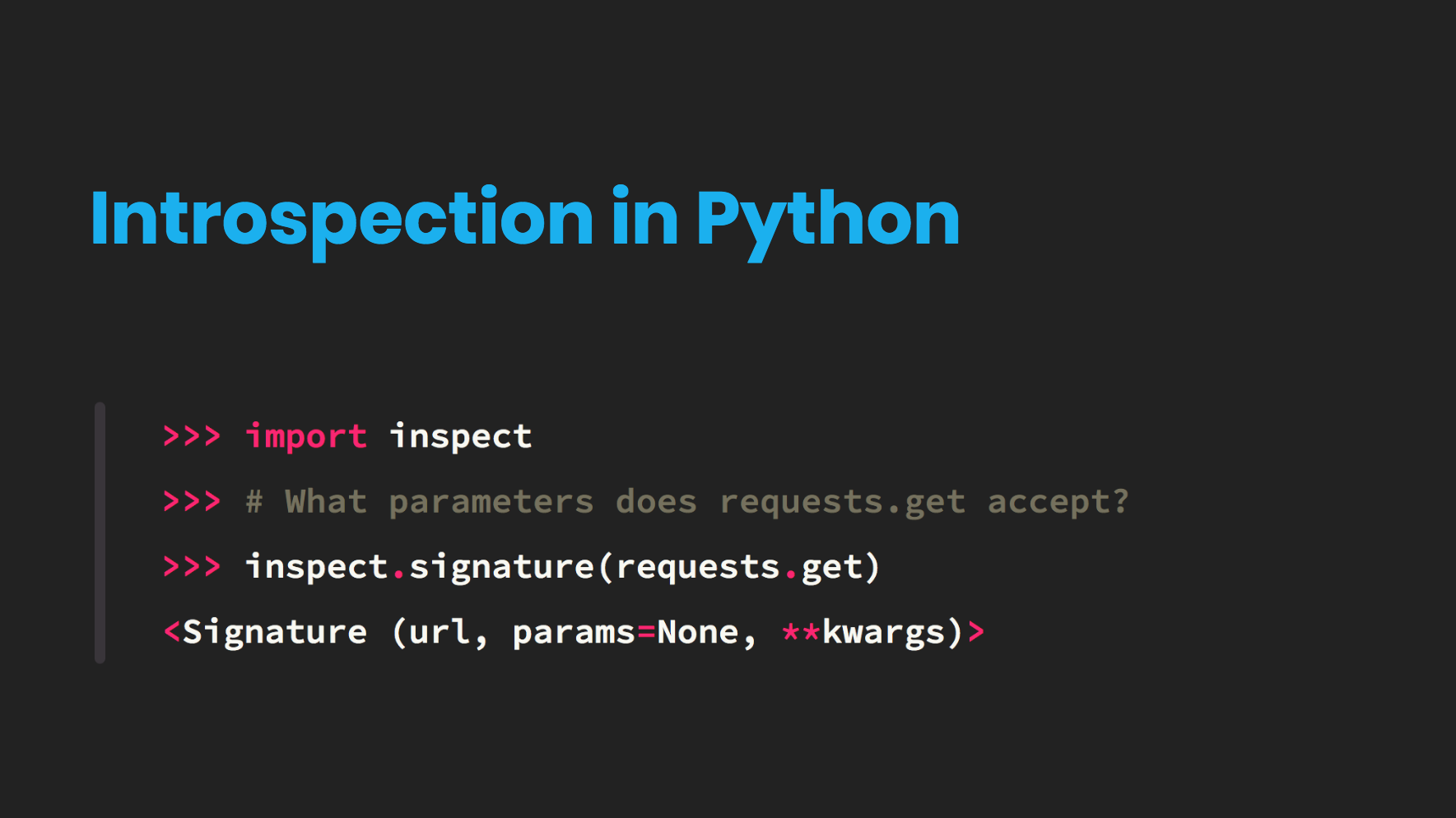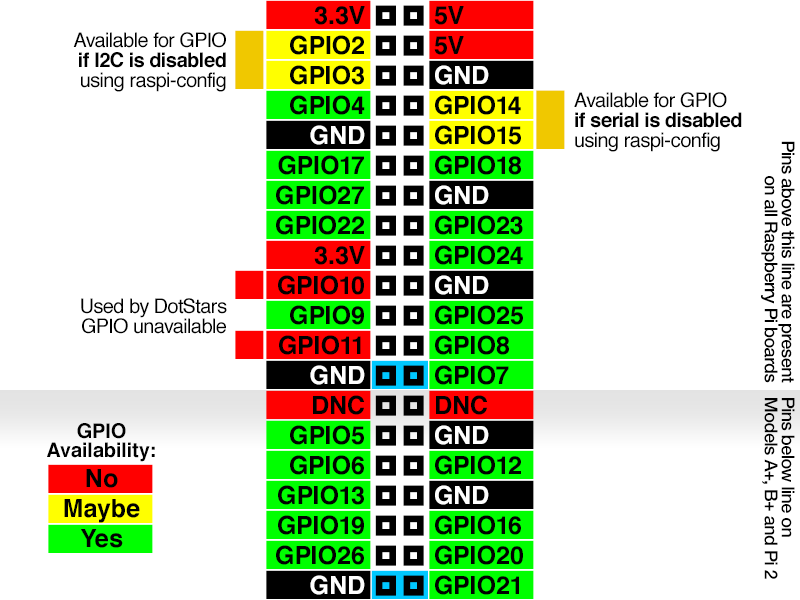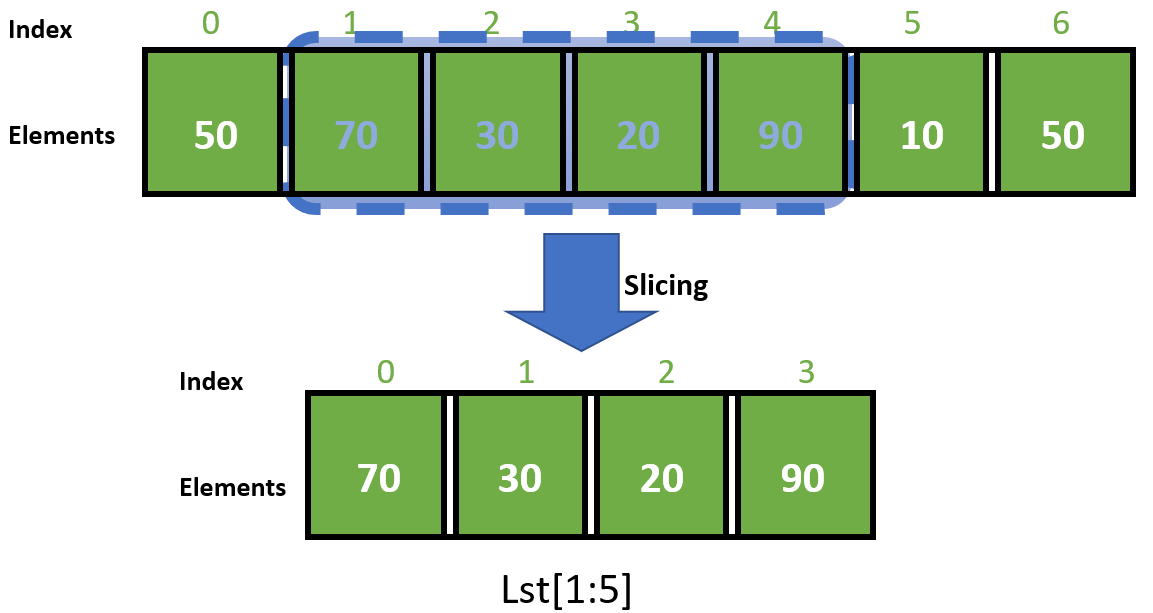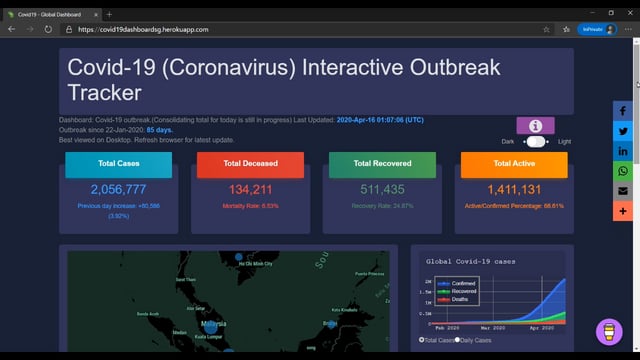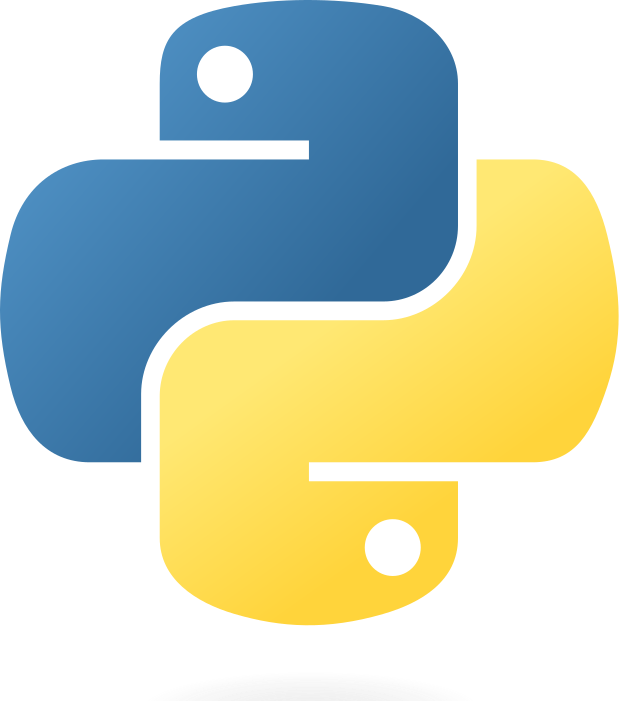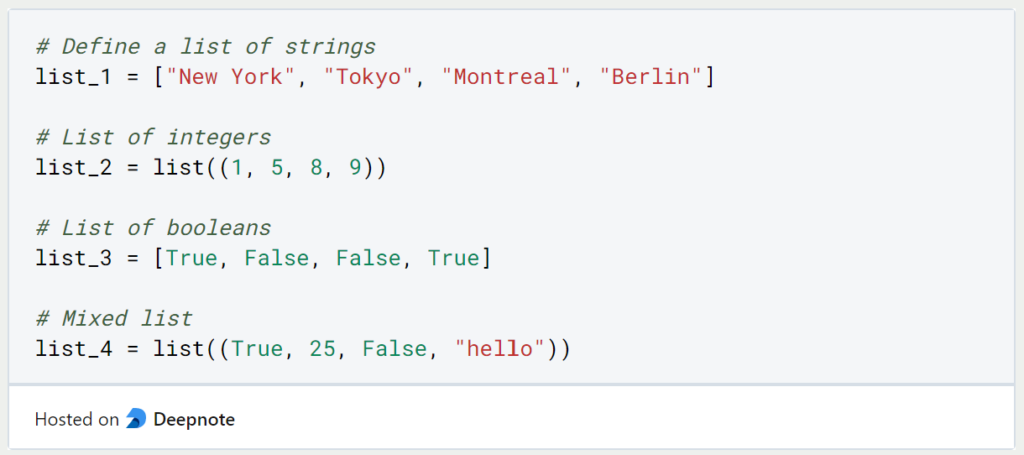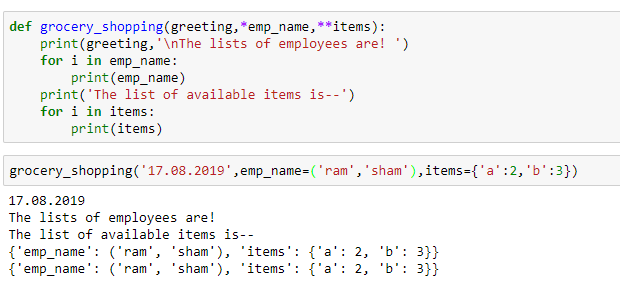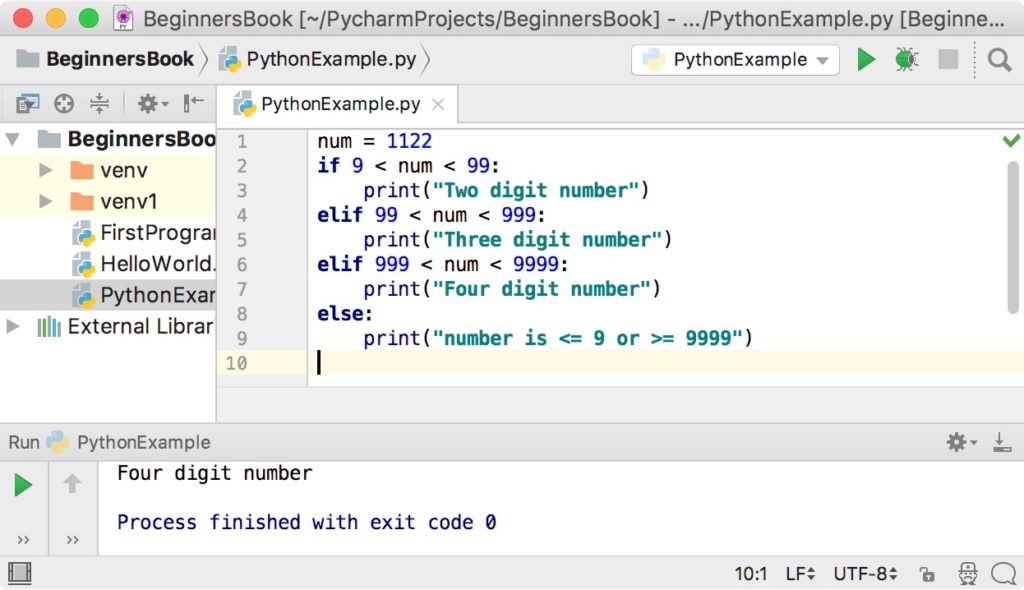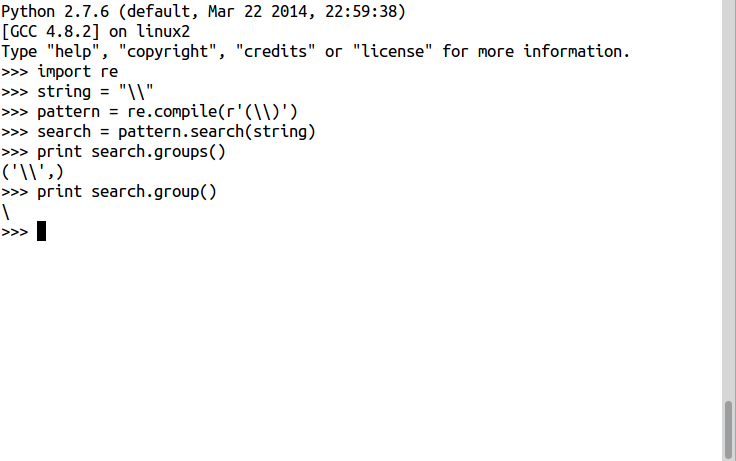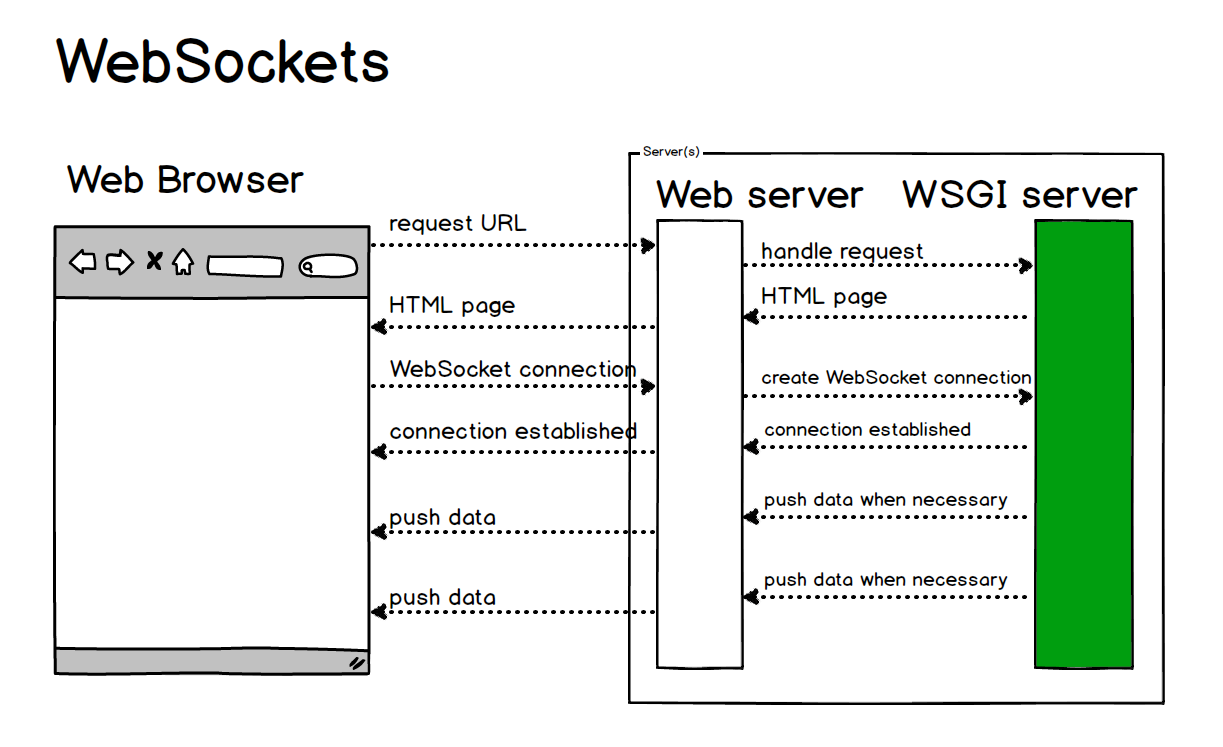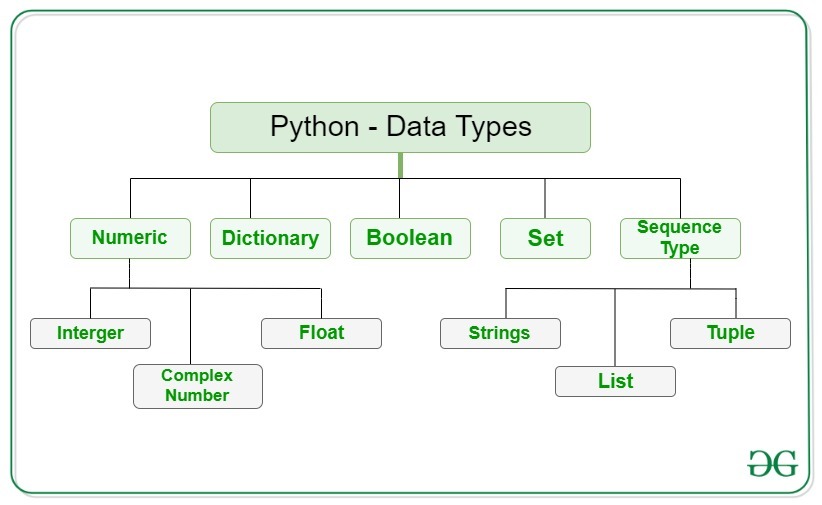What is the difference in list comprehension Python?
What is the difference in list comprehension Python?
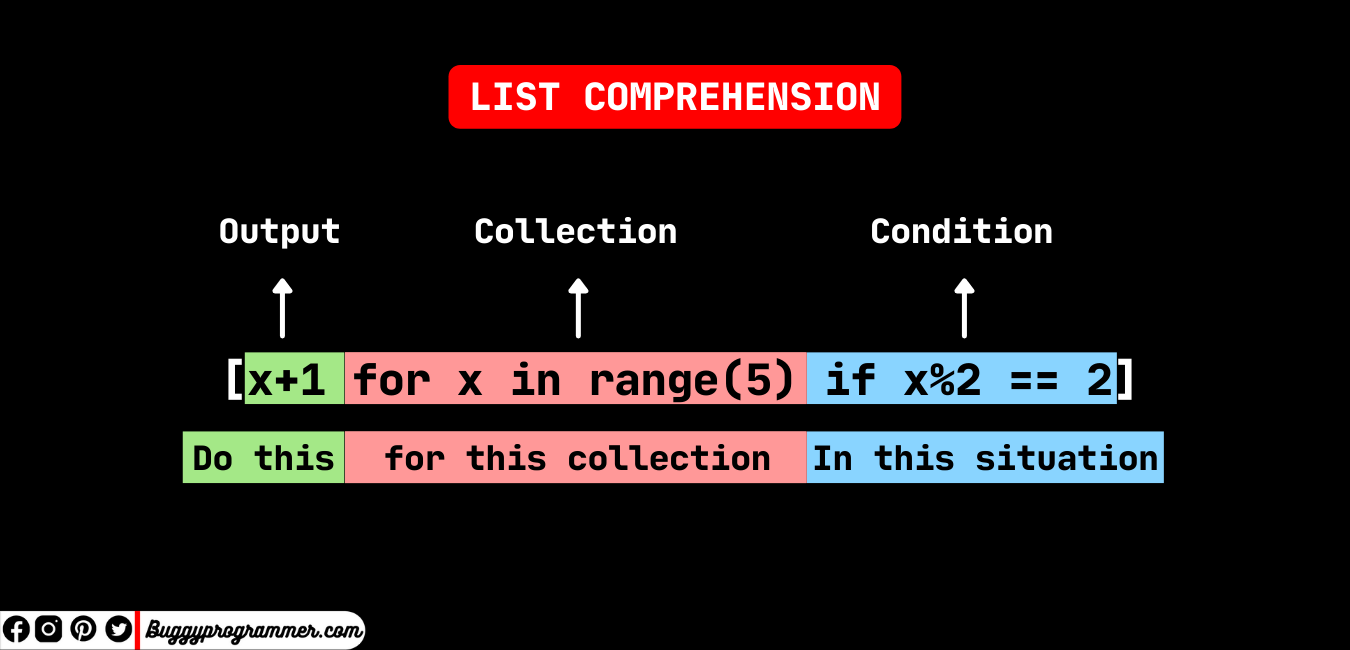
I'm glad you asked!
List comprehension is a powerful feature in Python that allows you to create new lists from existing ones with a concise syntax. It's often used when working with lists, dictionaries, and other iterable data structures.
What is the difference between list comprehension and for loops?
The main difference between list comprehension and for loops lies in their syntax and readability. Here are some key differences:
Syntax: List comprehensions have a unique syntax that's both concise and readable:[expression for item in iterable]. For loops, on the other hand, require explicit variable assignments and looping statements.
Example:
Readability: List comprehensions are generally more readable than for loops, especially when working with complex expressions or nested iterations.# List comprehension
fruits = ['apple', 'banana', 'cherry']
result = [fruit.upper() for fruit in fruits]
print(result) # Output: ['APPLE', 'BANANA', 'CHERRY']
For loopfruits = ['apple', 'banana', 'cherry']
result = []
for fruit in fruits:
result.append(fruit.upper())
print(result) # Output: ['APPLE', 'BANANA', 'CHERRY']
Example:
Efficiency: List comprehensions are often faster than for loops due to the optimized iteration mechanisms used by Python's interpreter.# List comprehensionnumbers = [1, 2, 3, 4, 5]
result = [x**2 for x in numbers if x % 2 == 0]
print(result) # Output: [4, 16]
For loopnumbers = [1, 2, 3, 4, 5]
result = []
for x in numbers:
if x % 2 == 0:
result.append(x**2)
print(result) # Output: [4, 16]
Example (benchmarking):
Flexibility: List comprehensions can be combined with other control structures, such asimport timeitnumbers = list(range(1000))
List comprehensionstart_time = timeit.default_timer()
result = [x**2 for x in numbers]
print("List comprehension:", timeit.default_timer() - start_time)
For loopstart_time = timeit.default_timer()
result = []
for x in numbers:
result.append(x**2)
print("For loop:", timeit.default_timer() - start_time)
if, elif, and else statements, to create more complex transformations.
Example:
numbers = [1, 2, 3, 4, 5]result = [x if x % 2 == 0 else x**2 for x in numbers]
print(result) # Output: [1, 4, 9, 16, 25]
In summary, list comprehensions provide a concise and readable way to create new lists from existing ones, while for loops offer more control and flexibility. By understanding the differences between these two constructs, you can choose the most appropriate approach for your specific use case.
What are list comprehensions in Python?
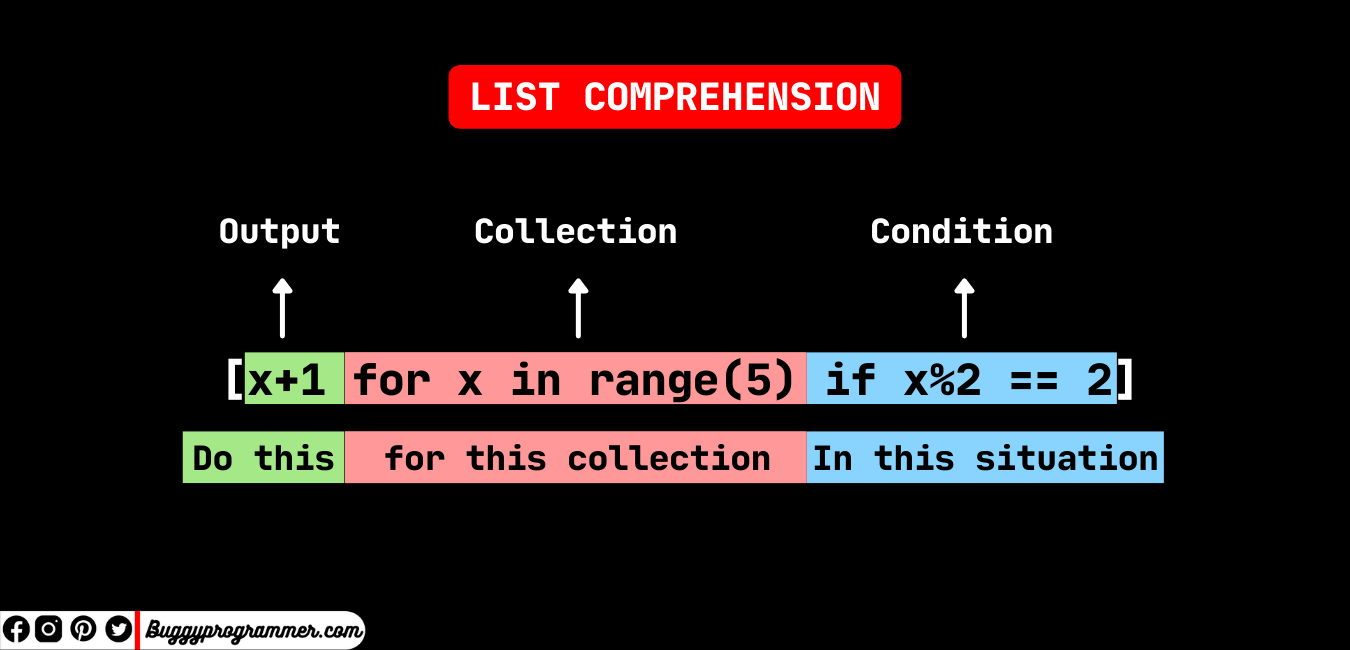
I'd be happy to explain list comprehensions in Python.
List comprehensions in Python are a concise way of creating lists from existing iterables, such as lists, tuples, dictionaries, or sets. They provide a compact syntax for building new lists by performing an operation on each element of the original iterable. This can simplify your code and make it more readable.
The general syntax for a list comprehension is:
[expression for item in iterable]
Here, expression is the operation you want to perform on each item in the iterable, and item is the variable that takes the value of each item in turn. The resulting list contains the values returned by the expression for each item in the original iterable.
Let's consider an example:
Suppose we have a list of numbers, and we want to create a new list containing only the even numbers from the original list:
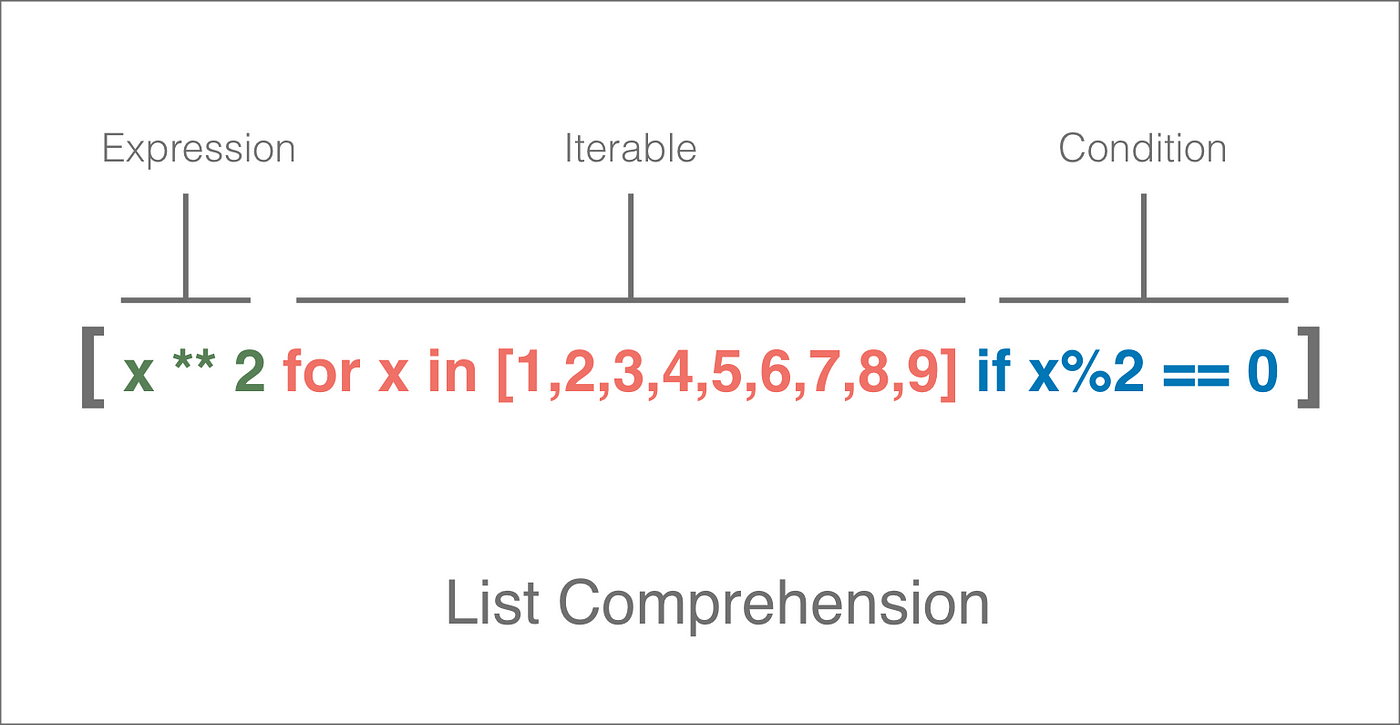
numbers = [1, 2, 3, 4, 5, 6]
even_numbers = [n for n in numbers if n % 2 == 0]
print(even_numbers) # Output: [2, 4, 6]
In this example, the list comprehension [n for n in numbers if n % 2 == 0] creates a new list containing only the even numbers from the original numbers list. The condition if n % 2 == 0 filters out the odd numbers.
List comprehensions can also be used with multiple iterables:
numbers = [1, 2, 3]
letters = ['a', 'b', 'c']
pairs = [(n, letter) for n in numbers for letter in letters]
print(pairs) # Output: [(1, 'a'), (1, 'b'), (1, 'c'), (2, 'a'), (2, 'b'), (2, 'c'), (3, 'a'), (3, 'b'), (3, 'c')]
This example creates a new list containing all possible pairs of numbers and letters. The outer loop iterates over the numbers list, and the inner loop iterates over the letters list.
List comprehensions can be used to perform various operations on lists, such as filtering, mapping, or aggregating data. They can simplify your code and make it more readable, but they should not replace regular Python loops entirely. There are certain situations where a regular for loop might be more suitable.
In conclusion, list comprehensions in Python are a powerful tool for creating new lists by performing operations on existing iterables. They provide a concise syntax for filtering, mapping, or aggregating data, and can simplify your code and make it more readable.
